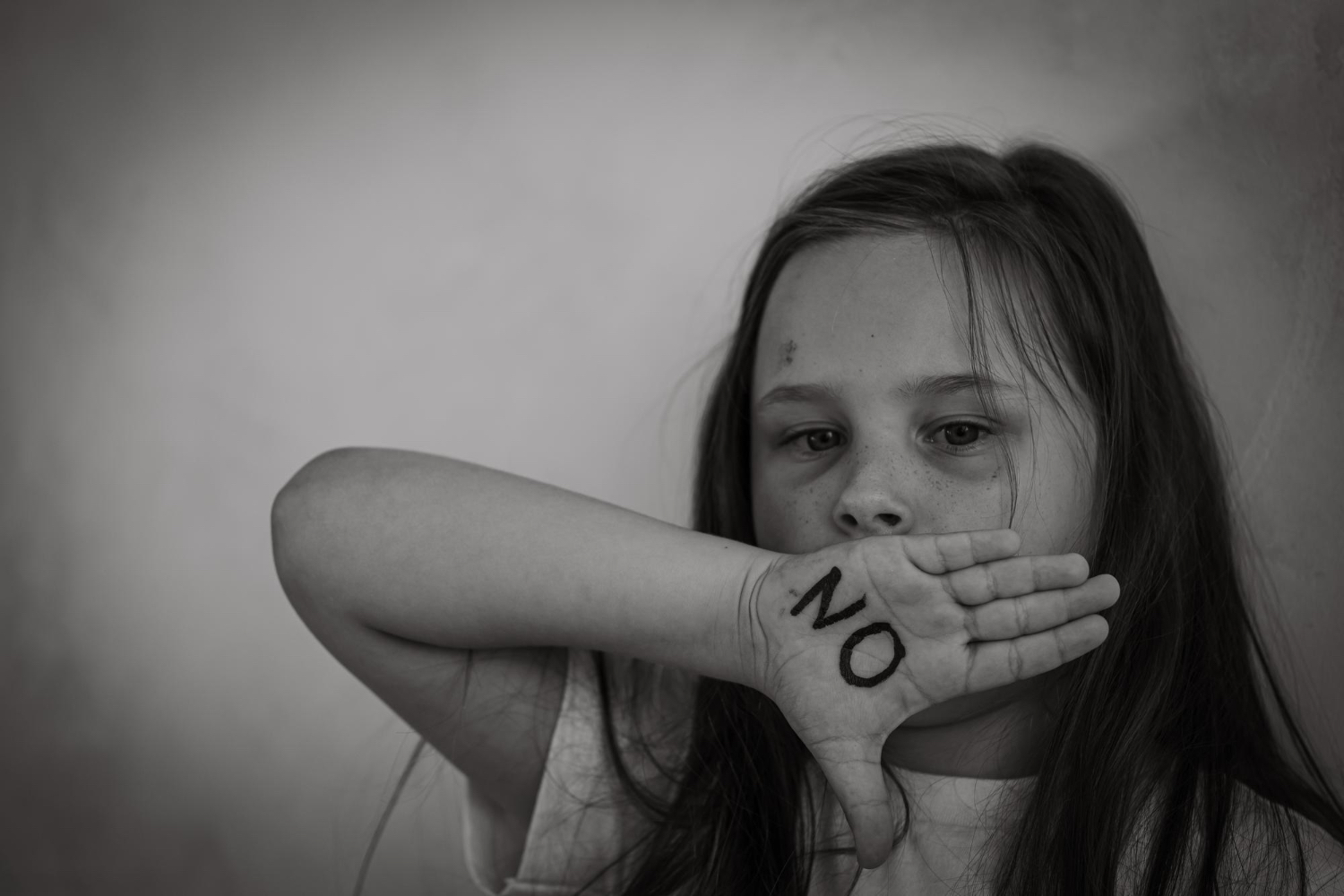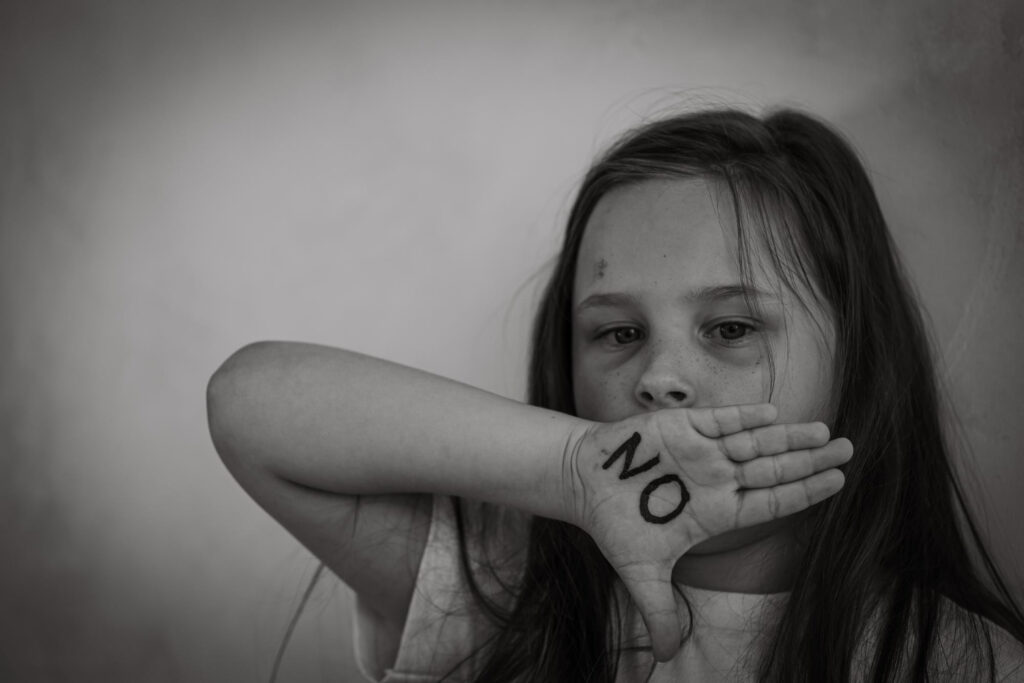
This article will focus on child sexual abuse as researched in the dissertation titled “Exploring Parenthood amongst Childhood Sexual Abuse Survivors.” This dissertation is a master’s dissertation carried out in Malta by Karen Quintano, at the Institute of Family Therapy, Malta.
This article will follow some of the literature, some local disclosures, and what affects disclosures.
There are various terms, and it is important to distinguish one from the other to be able to have a coherent discussion.
The United Nations Convention on the Rights of the Child defines a child as every human being below the age of eighteen years. Likewise, the Maltese Civil Code defines a minor as any person who has not yet attained the age of eighteen years[i].
Child sexual exploitation is when the child takes part in sexual activity in exchange for something from which the child or a third party benefits. This may be money, but it could also be food, accommodation, drugs, alcohol, cigarettes, gifts, or even just the promise of such. The victim is not only perceived as a sexual object but also as a commodity with commercial value [ii]. Child maltreatment, on the other hand, refers to “abuse and neglect that occurs to children under 18 years of age. It includes all types of physical and/or emotional ill-treatment, sexual abuse, neglect, negligence, and commercial or other exploitation that results in actual or potential harm to the child’s health, survival, development, or dignity in the context of a relationship of responsibility, trust, or power”[iii]
Locally, we have seen that the male-to-female ratio for disclosed cases of childhood sexual abuse is 1:5 [iv]. Local news has unfortunately been plagued with stories of past sexual abuse, such as the Dar San Ġużepp scandal, where priests abused boys in their care[v] and Gozitan Bishop Anton Teuma testifying against Xagħra priests Joseph Cini and Joseph Sultana[vi]. In 2019, thirty calls were made to Appoġġ specifying childhood sexual abuse as the presenting problem[vii]and in the same year, a local newspaper editorial reported that according to police figures, one child per week is sexually abused[viii].
Since the publication of the dissertation, unfortunately, more disclosures have continued to emerge, some of which are: “Elderly man denied bail after granddaughter accuses him of sexual abuse”[ix] , “Man lands 5 years in prison for sexual abuse of 15 year old boy”[x] and “ “You have betrayed your siblings” – Three years and nine months behind bars for sexual abuse of his sisters”[xi]. A breakdown of cases reported since 2020 has been presented as well. Unfortunately, the statistics include the sexual abuse of boys as young as two, five, and nine.[xii]
The above reports are only the tip of the iceberg, with many cases going undisclosed, begging the question; What prevents disclosure? Frawley-O’Dea & Goldner (2016) [xiii] write how secrecy is the pivotal basis of sexual abuse – where many abusers suggest that the other party will be blamed (thus making them believe they seduced their abusers), removed from their homes and placed in an orphanage, or have their family threatened. Deering & Mellor (2011[xiv]) asked respondents to state reasons for not disclosing abuse when the perpetrators were female. The reasons included being afraid to disclose the abuse, being made to believe the abuse was their fault, feeling threatened, not being aware at the time that the actions were abusive, feeling confused and/or ashamed, which left them unable to report, and being bribed with gifts while getting attention from the abuser.
Comparatively, younger children are less likely to disclose than older children, with many years having passed in some cases. Many young people were hesitant to report for fear of upsetting their parents (McElvaney, 2013). [xv] Males are less likely to disclose compared to females. Tener & Murphy (2014) [xvi] describe how difficult it is for adult disclosures to happen when the perpetrators were family members, as the survivors are afraid of endangering their relationships with other members of the family. Given Malta’s local context, where relationships are functionally diffused (Sultana & Baldacchino, 1994), [xvii] even if the perpetrator is not a family member, there is a higher chance of them being in the child’s social circle [circle of trust] since the same individuals are brought into contact frequently, given the circumstances. The Maltese context makes it even more difficult to come forward with such personal information, as it is not only the self who is affected but the entire family.
The general narratives and scripts are to “get along, whether they like it or not, knowing that they are likely to renew and reinforce relationships with the same persons in a variety of settings over the course of a whole life span” (Sultana & Baldacchino, 1994, p. 17).
References:
[i] https://www.um.edu.mt/library/oar/handle/123456789/9677
[ii] https://ecpat.lu/actualite/but-what-is-child-sexual-exploitation/?lang=en
[iii] World Health Organization, 2020, para. 1
[iv] Child Abuse in Malta by Montalto & Mangion (2007)
[v] https://www.independent.com.mt/articles/2012-11-13/news/judgment-confirmed-for-priests-who-sexually-abused-boys-381714435/cookie-declaration
[vi] https://timesofmalta.com/articles/view/live-blog-gozo-bishop-anton-teuma-testifies-in-priests-sex-abuse-cases.848726
[vii] https://fsws.gov.mt/en/Documents/StatisticalReports%20by%20Agency/Appogg/Appogg%20Yearly%20statistical%20report%202019%20%20(online%20version).pdf
[viii] https://timesofmalta.com/articles/view/confronting-childhood-sexual-violence.813831
[ix]https://www.maltatoday.com.mt/news/court_and_police/124689/elderly_man_denied_bail_after_granddaughter_accuses_him_of_sexual_abuse
[x] https://tvmnews.mt/en/news/man-lands-5-years-in-prison-for-sexual-abuse-of-15-year-old-boy/
[xi] https://tvmnews.mt/en/news/you-have-betrayed-your-siblings-three-years-and-nine-months-behind-bars-for-sexual-abuse-of-his-sisters/
[xii] https://timesofmalta.com/articles/view/toddler-two-boys-among-101-rape-victims-reported-police-since-2020.1028708
[xiii] Frawley-O’Dea, M. G., & Goldner, V. (2016). Predatory priests silenced victims: The sexual abuse crisis and the Catholic Church. Routledge.
[xiv] Deering, R., & Mellor, D. (2011). An exploratory qualitative study of the self-reported impact of female-perpetrated childhood sexual abuse. Journal of Child Sexual Abuse, 20(1), 58–76. https://doi.org/10.1080/10538712.2011.539964
[xv] McElvaney, R. (2013). Disclosure of child sexual abuse: Delays, non-disclosure and partial disclosure. What the research tells us and implications for practice. Child Abuse Review, 24(3), 159–169.
[xvi] Tener, D., & Murphy, S. B. (2014). Adult disclosure of child sexual abuse. Trauma, Violence, & Abuse, 16(4), 391-400. https://doi.org/10.1177/1524838014537906
[xvii] Sultana, R. G., & Baldacchino, G. (1994). Maltese society: A sociological inquiry.

